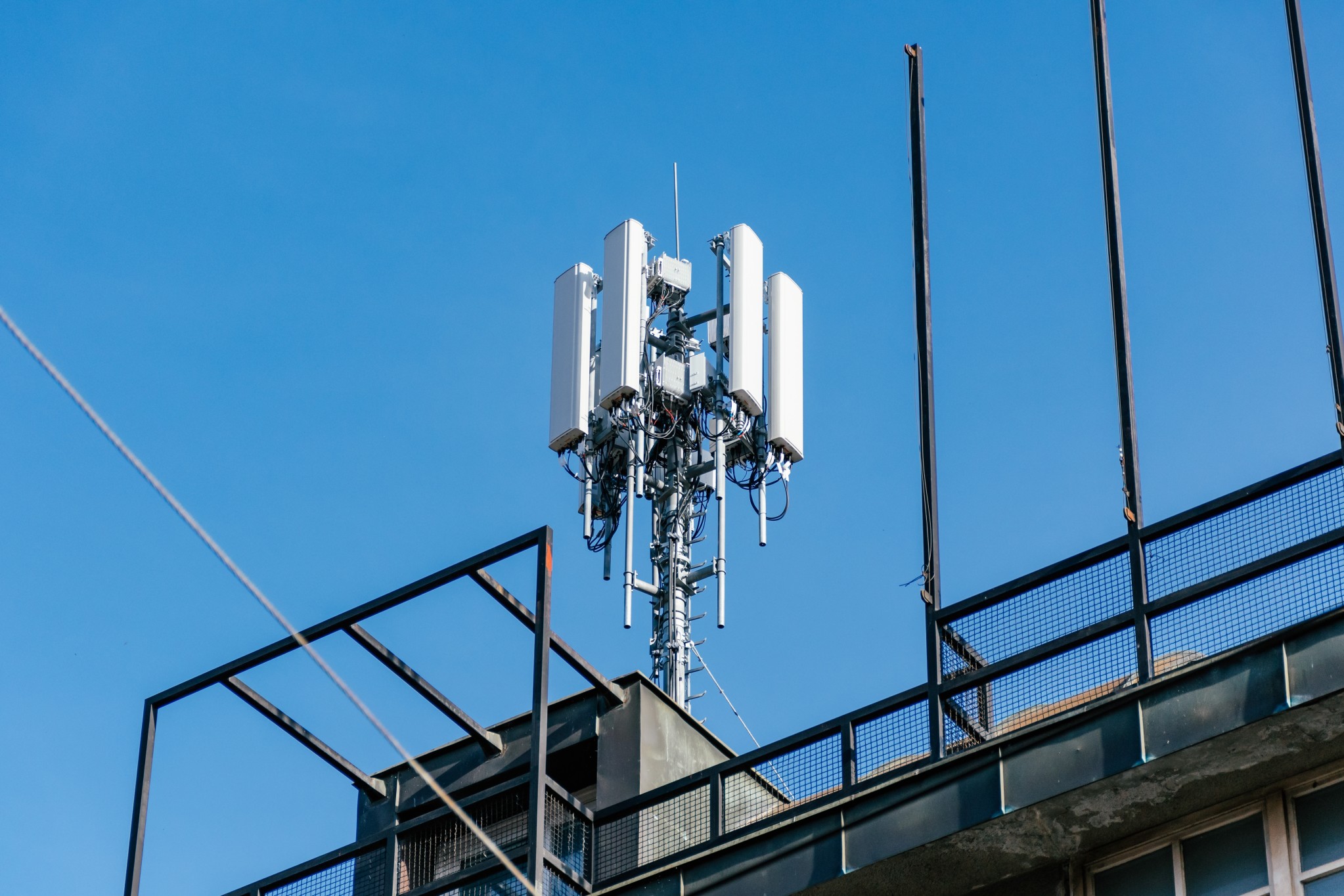If you've ever been through a city, you may have seen tiny 5G cell towers on street light poles. They look like little boxes however they're actually sending wireless signals from mobile providers to your phone.
The smaller ones are being replaced by larger specially-designed cell towers. While they're less noticeable but they can still cause problems for people.
The of the FCC's Radiation Exposure Thresholds
The FCC's Radiation Exposure Thresholds define the safe limit at which one can expose to electromagnetic radiation from wireless devices. The exposure limits are based upon scientific research that show that RF energy can be harmful to human health.
The absorption rate specific (SAR) is an indication of the radiofrequency energy absorbed by tissue. It's typically 1.6 milliwatts per kilogram spread over a gram of tissue.

Since 5g is able to transmit at higher frequencies this could be able to create more energy on the skin and other exposed body parts. This can result in many potential harms, including exacerbated the development of skin conditions like dermatitis, cancer of the skin and cataracts.
Due to the potential for harmful effects of radiation from 5G, PSU has chosen to create a general maximum power density of four MW/cm2 based on the average on 1cm2, but not to exceed 30 minutes for all 5G services at 3000 GHz. This localized limit is in accordance with the highest SAR that is spatially averaged at 1.6 W/kg averaged over 1 5 grams of body tissue, at 6 GHz.
The FCC's Maximum Exposure Thresholds
In the event that you've used cell phone, you probably know that a safe range from the tower is around 400 meters. This is due to the power of the transmission of the cell tower is significantly increased the farther the tower is.
Although this may sound like a good idea, the reality is that people who live close to towers may actually be more susceptible to health issues. For example, a study from 2014 in India found that residents who lived within 50 meters of cell towers experienced significantly more health complaints than those who were far from antennas.
This study revealed that those who relocated into areas farther away from cell towers experienced their symptoms improve within a few days. Another study has demonstrated that exposure to extreme levels of radiofrequency electromagnetic fields (EMFs) can lead to brain tumors, cancers, and other health problems.
safe distance from cell tower is due to the fact that the RF radiation utilized in wireless communications, can penetrate the human body's exterior layer, called the skin. This is vital to be aware of because the skin serves as a protective barrier against injuries caused by mechanical forces, infections from pathogenic microorganisms, as well as the entry of harmful substances. Additionally, it is the largest organ of the human body and is responsible for protecting other organs.
The FCC's Minimum Exposure Thresholds
The FCC's Minimum Exposition Thresholds are based upon many assumptions that aren't supported by evidence from science. safe distance to live from cell phone tower includes the false belief that short-term exposures RF radiation is safe because of the minimal penetration into the body (i.e., tissue heating).
The assumption also ignores the greater penetration of ELF parts of the modulated RF signal and the effects of short bursts of heat from pulsed RF waves. These theories are not compatible with current understanding of the biological consequences of RF radiation, and thus, they should not be used for health protective exposure guidelines.
Additionally to that, ICNIRP and FCC are limiting their maximum exposure limits to local peak SARs that are based on the maximum frequency of absorption (psSAR), which can be described as not a reliable dosimetric instrument to determine the degree of radiation exposure. In safe distance to live from cell phone tower is not accurate when frequencies exceed 6 GHz. Additionally, psSAR hasn't been evaluated for RF radiation with co-exposure to other environmental agents such like sunlight. Interactions of RF radiations with different environmental agents could produce synergistic or antagonistic effects. This would result in an increased risk of negative health adverse effects. For example, co-exposure to RF radiation with sunlight may raise the chance of skin cancer and exacerbate other skin diseases such as acne.
